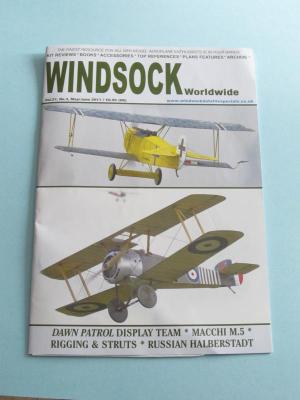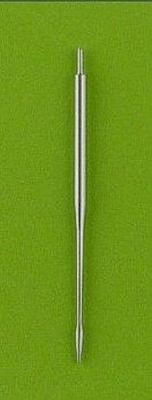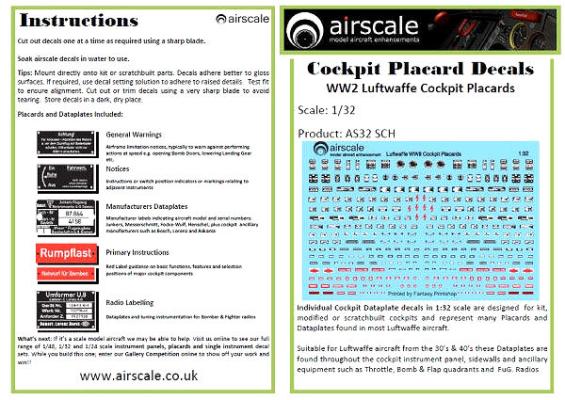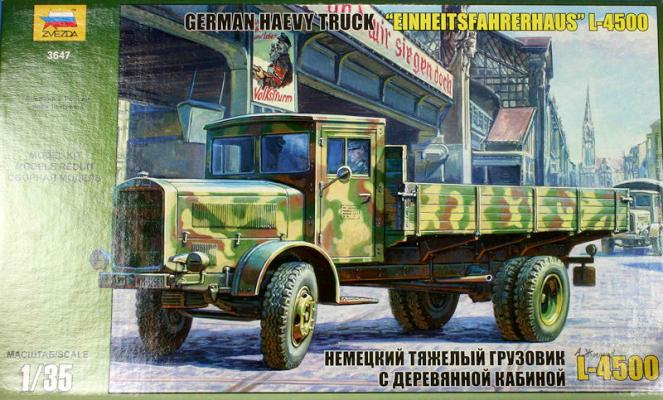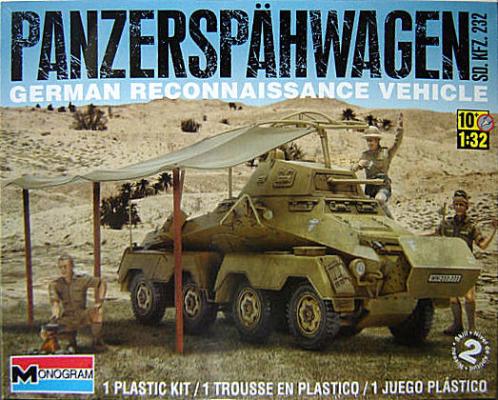This issue of Windsock’s bi-monthly magazine begins with a five page article on German Halberstadts B.Is captured and used by the Russians in 1915-16 including color 4-view drawings. Next, in the continuing Modelling Master Class by Lance Krieg, is Chapter 5, part 1 on struts and rigging. These five pages cover struts, the different types of materials to use, but also various rigging knots and how to make brass turnbuckles. This reviewer always finds new ideas to use from reading these articles.
With this issue a new series of super-detailed color profiles begins, here the subject is the Macchi M.5. A report and photos on Skysport Engineering where a new Avro 504 K is being built to original specs then follows. Next, there are several pages on "Dawn Patrol", a WWI flying model display team that flys 1/3 scale RC models including a 25 foot span Gotha G.V.











